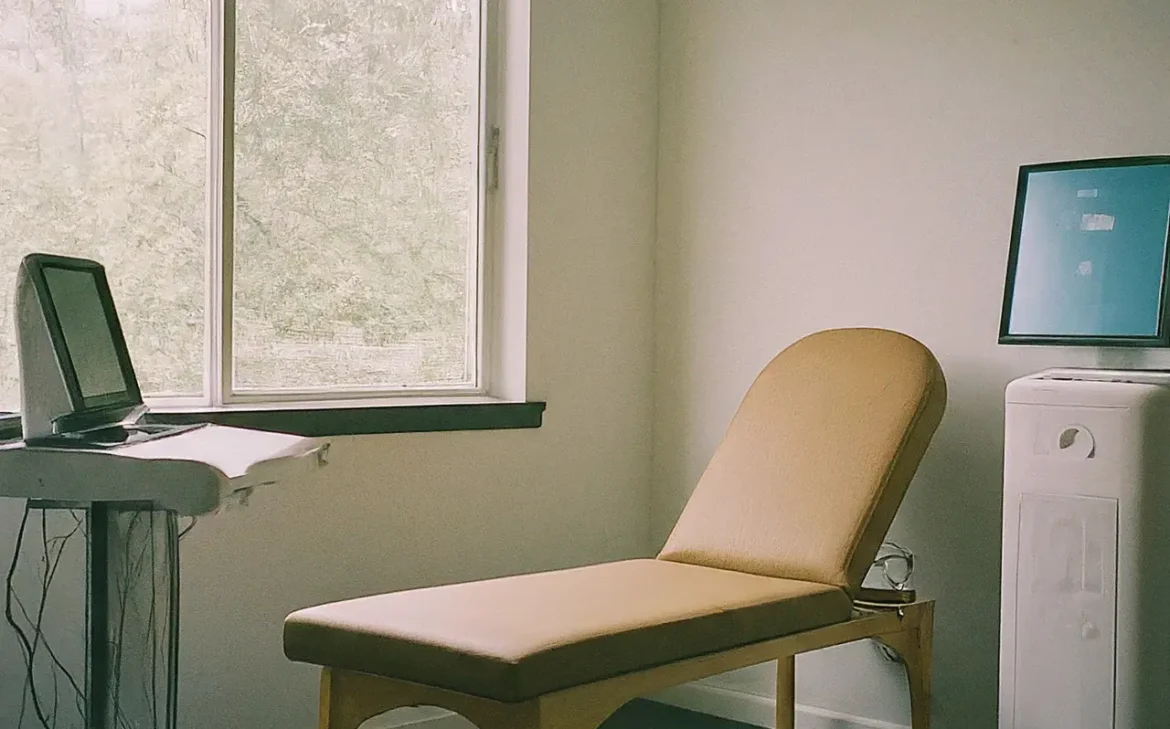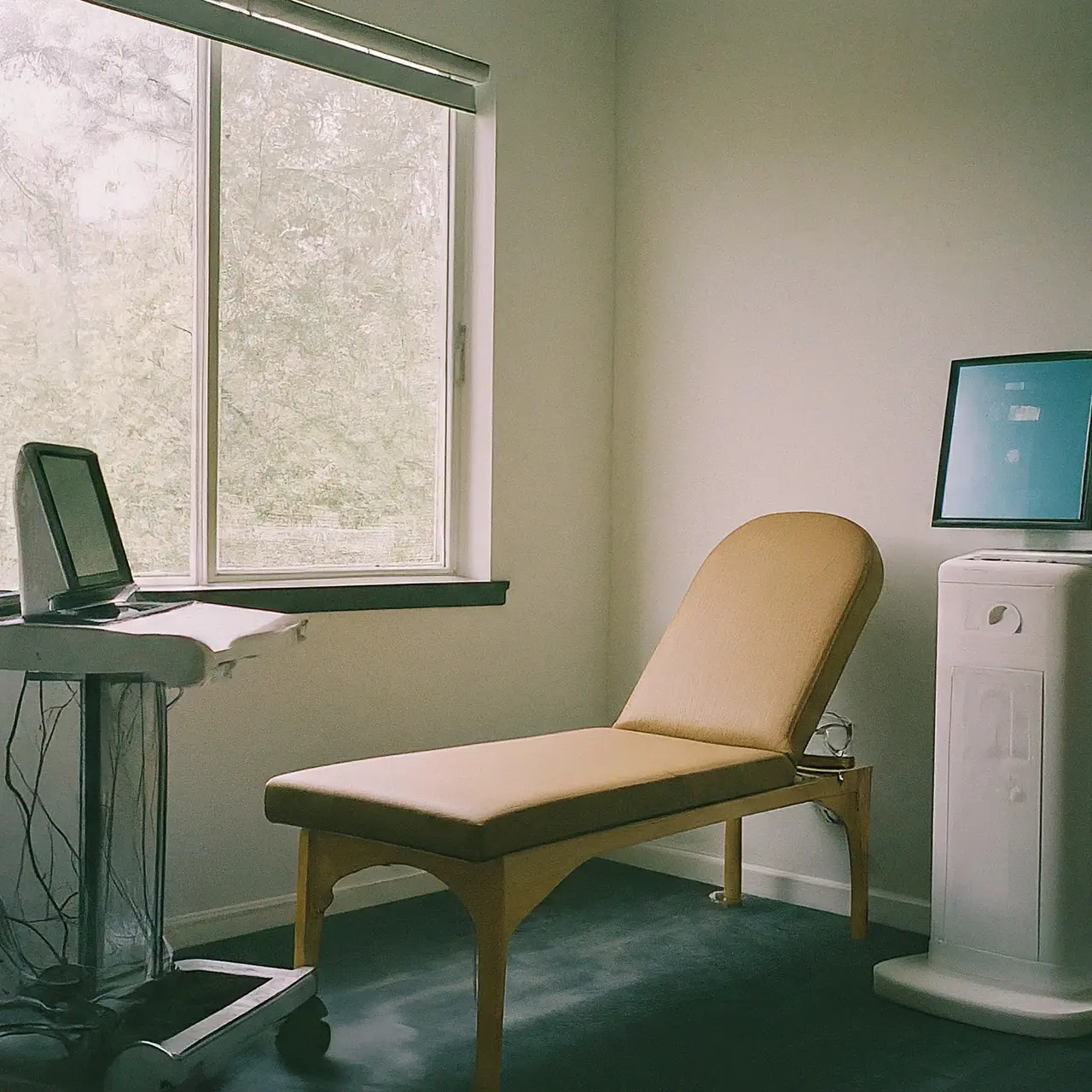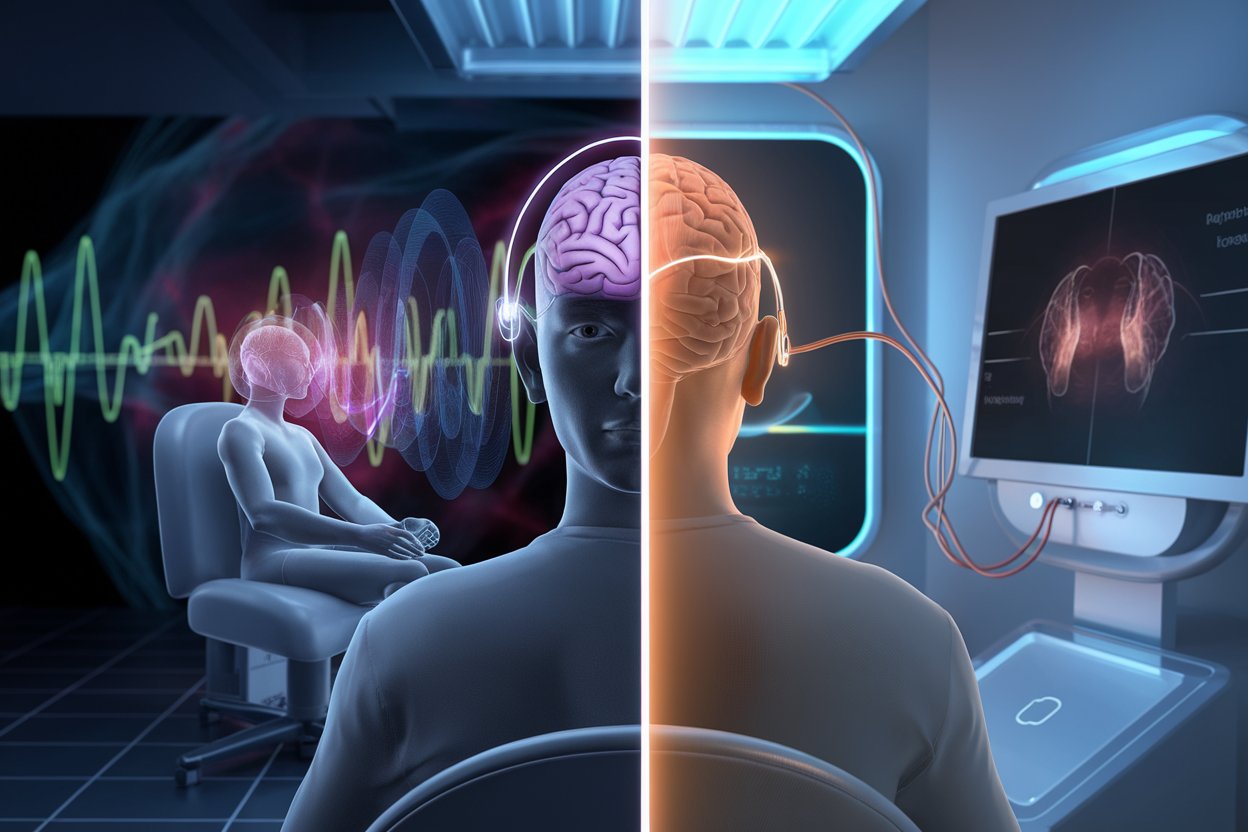Starting transcranial magnetic stimulation (TMS) therapy can be a bright spot of hope for people who are depressed or have other mental health problems. This cutting-edge treatment offers a non-invasive way to get better, but what does the path to health look like after therapy?
Learn about the stages of TMS Therapy recovery, the changes you might go through, and the important steps you can look forward to along the way.
Understanding TMS and Its Benefits
The use of TMS therapy has made a big step forward in the treatment of depression and other neurological conditions. In contrast to other treatments, TMS uses magnetic fields to target specific parts of the brain that are involved in controlling mood. For many people, this non-invasive therapy has changed everything. It has given them hope when medication and other treatments have failed.
TMS helps with more than just relieving symptoms; it also brings out the inner spark of wellness. After treatment, many people say they feel better, have more energy, and have a new sense of hope.
To fully understand how TMS therapy might change your life, you need to know how it works. An electromagnetic coil is placed against the scalp as part of the procedure. This creates focused magnetic pulses.
These pulses are meant to reset the brain’s chemistry and function by stimulating neurons that aren’t working as well as they should. What’s amazing about TMS is that it can target the cause of mental health problems without the systemic side effects that are common with medication.
The Immediate Aftermath of TMS Treatment
Patients may feel a mix of relief and mild fatigue right after a TMS session. Most people don’t feel any pain during the treatment, but some do report a little discomfort or headache during the first few sessions. As the body gets used to the treatment, this pain usually goes away.
It’s also common to feel more alert or happy right after a session. This is because the brain is working harder, which can cause these effects. These feelings right after therapy vary a lot from person to person, but they tend to level off as therapy goes on.
It can be hard to think about how to get around after TMS treatment because of how it works. A lot of the time, sessions happen five days a week for four to six weeks and last between 30 and 60 minutes.
Because of this commitment, patients have to work treatment into their daily lives, which can mean making changes to their work, personal duties, and social activities. Structured therapy, on the other hand, can give many people a comforting routine that helps them feel like their recovery journey is normal.
Physical and Emotional Changes During TMS Therapy Recovery
The physical and emotional landscape starts to change as the patients go through TMS therapy. Physically, side effects like headaches or sore scalps that happen at the beginning of treatment usually get better and go away over time.
It can be harder on the emotions during the journey. In the first few weeks, your emotions may go up and down, with hopeful feelings mixed with impatience or anger over how slowly you’re getting better. Open communication with their healthcare providers is important for patients during this time so that changes can be made to make the therapy work better.
One of the most important changes that happens during the TMS Therapy recovery period is that depression symptoms slowly go away. It starts to get clearer when you’re tired, sad, or not interested in anything. You may feel like clarity and joy have been out of reach for a long time. It takes time for this change to happen.
It happens slowly, which shows how important it is to be patient and persistent during TMS therapy. A lot of people find that as their treatment goes on, they remember old interests, interact with others more, and feel more connected to the world around them.
Navigating the Challenges of TMS Recovery
When you use TMS therapy to get better, you will face some challenges. As the brain gets used to the treatment, some patients may have mood swings or sudden bouts of anxiety. Even though these times can be upsetting, they are often signs that the brain is healing quickly.
Getting through these problems needs a strong network of support, like friends, family, or mental health professionals. Creating a routine with regular sleep, healthy eating, and physical activity can also help keep your mood stable and improve your overall health during this recovery phase.
Long-term Outlook After TMS Therapy
People who have finished TMS therapy have a good outlook for the future, and many of them feel better from their depression symptoms for a long time. But it’s important for patients to keep up with any treatments and follow-up care they are given to keep their mental health gains.
Some people may need “booster” TMS sessions every so often to help them deal with any symptoms that come back. After TMS therapy, the journey is about more than just treating the symptoms. Making depression less likely to affect your life is also a goal.
To keep the benefits of TMS going for years to come, it’s important to keep going to therapy, learn how to deal with stress, and build strong, supportive relationships.
Embracing the Journey to Healing
Starting your recovery from TMS is a brave thing to do to get your mental health back. The way each person heals from mental illness is also unique, just like their mental health problems are.
Always remember that getting better takes time and is full of both challenges and successes.
Do not give up hope, and let the light of your TMS recovery lead you back to your best self.






